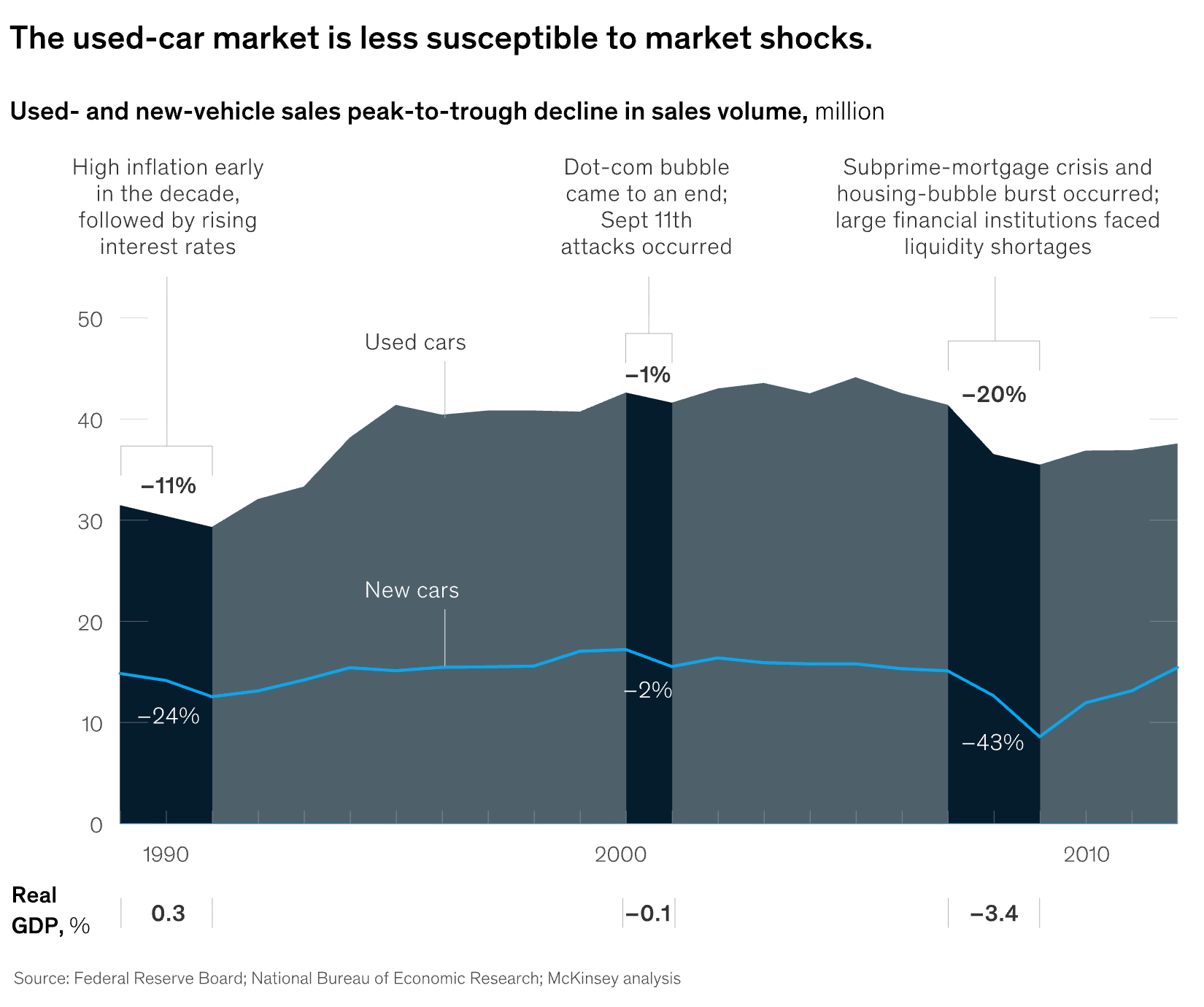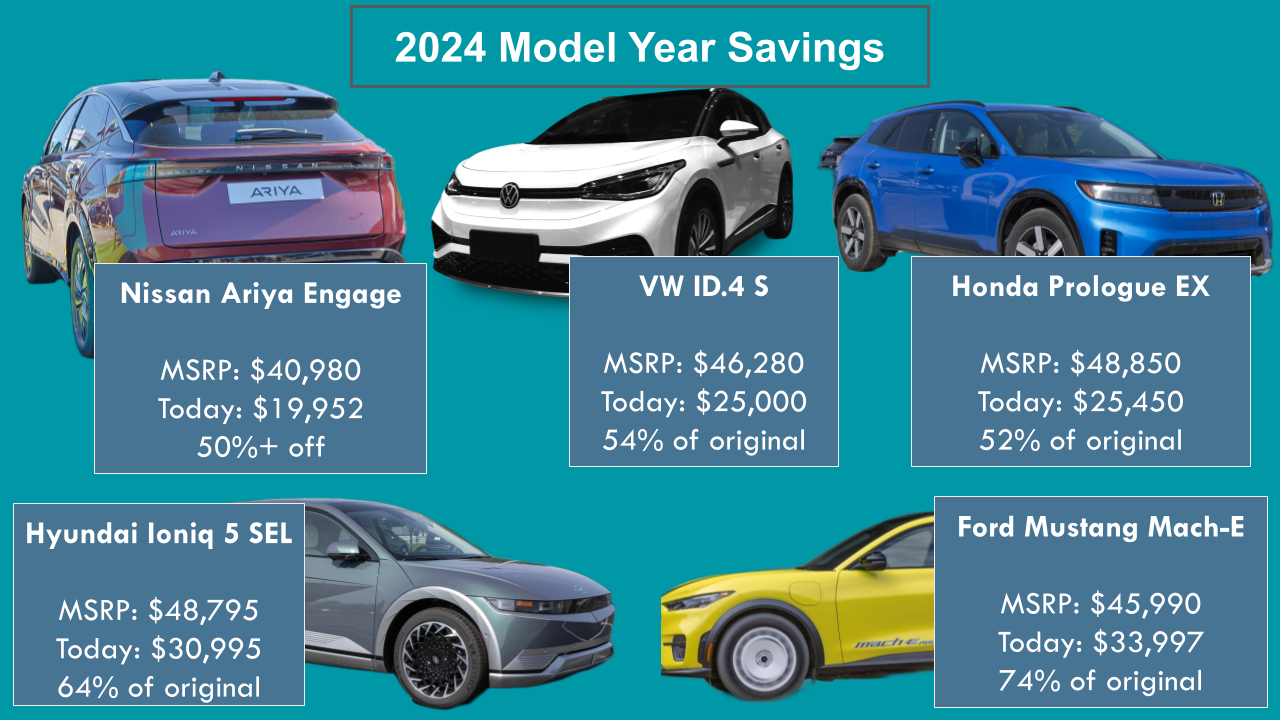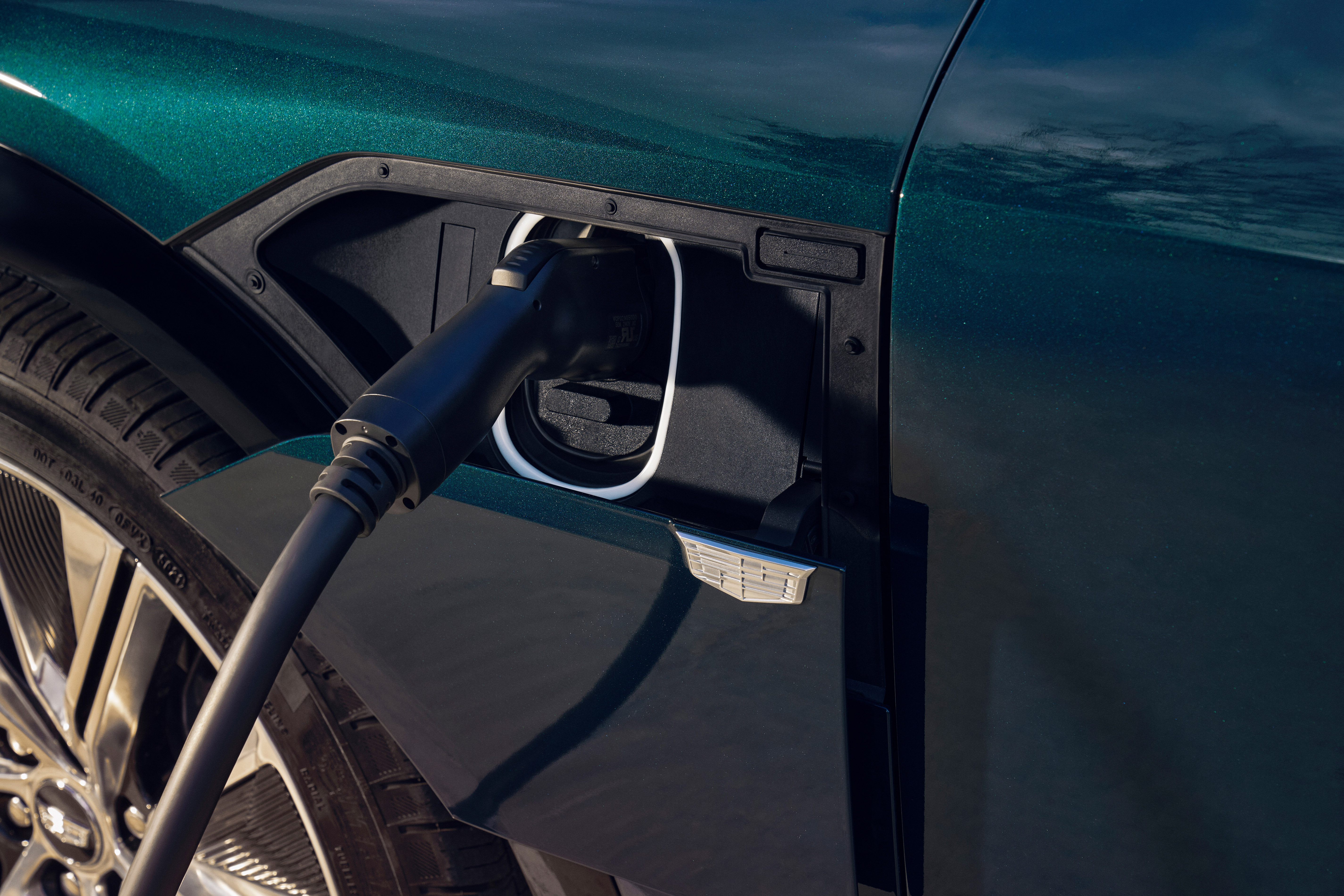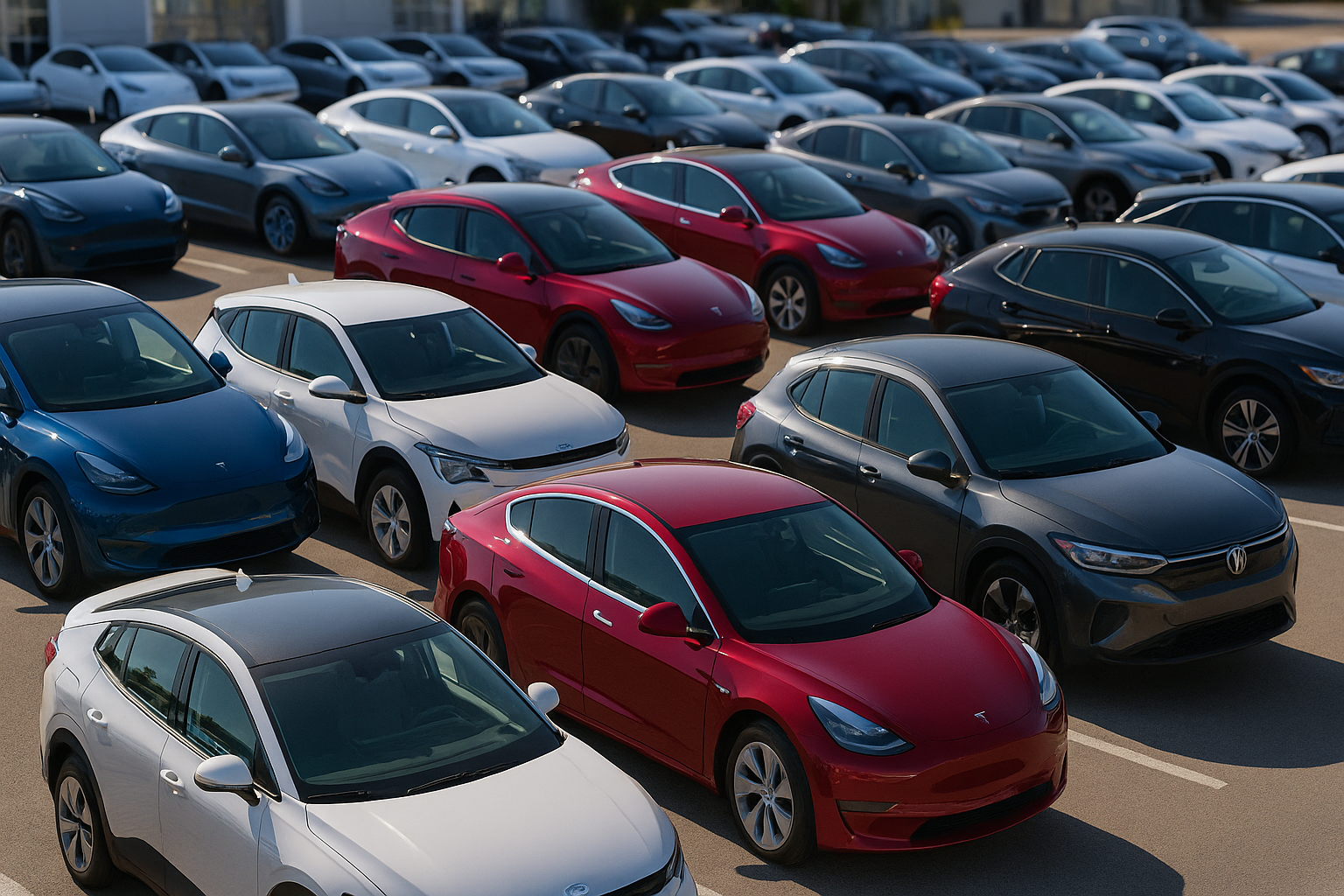2026 is set up to be a year shaped by economic uncertainty, cautious consumer spending, and price sensitivity. Tariff effects are expected to finally hit new vehicle pricing, so we anticipate many shoppers will delay their car purchase or turn to the more affordable used car market. In fact, historically, used cars fare better than new ones in economic downturns, typically suffering only about half the volume impact during recessions.

However, all is not on equal footing in the used car market. Compared to used gas cars, used EVs stand out on many counts:
- Most pre-owned electric cars come with a warranty. At least 70 percent of EVs on the road are from 2023 - 2025, so most are still under battery and powertrain warranty (8 years or 100K+ miles). This is compared to the used gas car market, which is trending older as people hold on to their cars longer. The average age at time of resale for gas cars is 6.5 years.
- EVs are low-maintenance by design: fewer fluids, no oil changes, less age-related wear-and-tear. Data from Consumer Reports and the Department of Energy estimate that it is 40-50% cheaper to maintain an EV than a gas car. On the other hand, used gas cars get less reliable as they age, with more parts to replace and repair.
- Used EVs often feature modern tech such as driver assistance, phone integration, and navigation standard, not as a costly add on.
- Initial depreciation from MSRP offers very competitive prices on relatively new vehicles. Below are a sample of 2024 EVs with their current price and trim-specific MSRP based on listing information.

This presents a new era for the pre-owned market. Now it isn’t about settling for less, it’s about getting a better deal on the same modern tech.
Luckily, the used EV market will see an influx of new inventory in 2026 as up to 500,000 EVs leased in 2023-2024 are coming back into circulation, many with very limited wear and tear, and over 5 years left on warranty.
2023, the first year of the Inflation Reduction Act, saw EV lease rates soar. Leasing became a way to acquire an EV with the $7500 tax credit, while avoiding the stringent assembly and sourcing requirements in the IRA. By 2024, many manufacturers saw lease rates above 70%, with an EV average around 50%. In fact, in Q4 2024, 20% of all leases were EVs. At the same time, fewer new gas leases happened in 2023 due to high interest rates and supply chain issues, so today, there are fewer off-lease ICE vehicles in inventory. In fact, the used gas car market is supply constrained going into 2026 due to slow sales from 2020 - 2024, which saw 8 - 10 million fewer new cars sold.
Another reason to expect more attention on the used EV market next year? Due to policy shifts and longer term investment, there will be fewer brand new EV models hitting the market. Companies like Ford are focusing on scaling manufacturing and bringing battery processing to America so they can be price competitive in a few years, while companies like Hyundai Group are releasing new models only overseas, where demand is expected to remain high.
This leaves some new car shoppers looking at used EVs, which offer similar specs and range at a fraction of the price.
The pace of rapid advancements in new EV technology is slowing and used models like the Ioniq 5, Mustang Mach-E, and Lyriq are looking better than ever.


-p-500.png)



